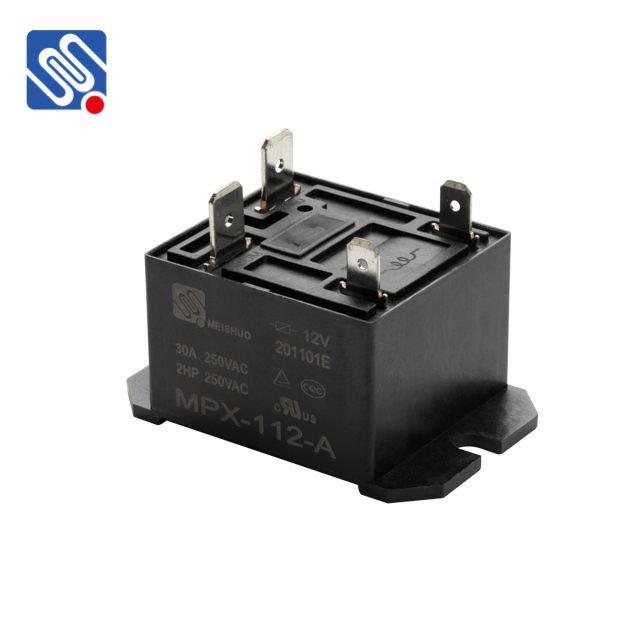understanding relay industry standards: ensuring reliability and safety
Release time:2025-08-26 00:56:16
Relays play a crucial role in modern electrical and electronic systems, acting as switches that control the flow of electricity in circuits. Given their importance in applications ranging from industrial automation to telecommunications, the relay industry adheres to a set of established standards to ensure these devices perform reliably, safely, and efficiently. Understanding relay industry standards is essential for engineers, manufacturers, and users alike to guarantee optimal performance and compliance with safety regulations.

The Importance of Relay Standards
Relay industry standards are guidelines and specifications that govern the design, testing, and operation of relays. These standards ensure that relays meet specific performance criteria and safety requirements, providing a benchmark for manufacturers to produce high-quality and reliable products. By adhering to these standards, manufacturers can ensure that their relays will function correctly under various operating conditions, minimizing the risk of electrical faults and enhancing system reliability.
Key International Standards
One of the most prominent organizations setting standards for relays is the International Electrotechnical Commission (IEC). The IEC 61810 series, for example, outlines general requirements and testing methods for both electromechanical and solid-state relays. This standard covers aspects such as electrical endurance, insulation resistance, dielectric strength, and mechanical durability. Compliance with IEC 61810 ensures that relays are suitable for a wide range of applications, from industrial control systems to consumer electronics.

